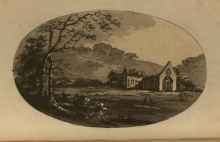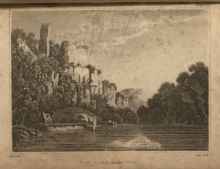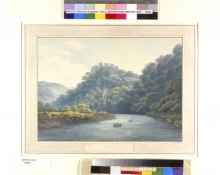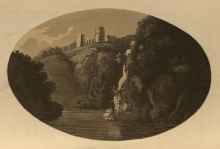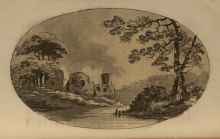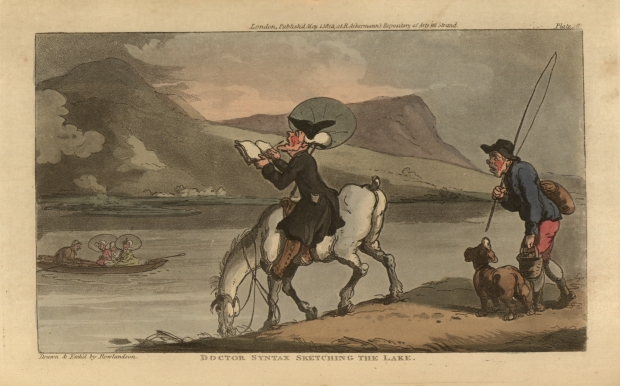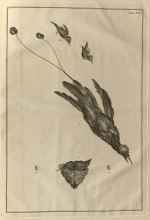Tintern Abbey
This image depicts the ruins of Tintern Abbey, which dates back to the twelfth century and is located on the the banks of the River Wye, in Monmouthshire, Wales. An aquatint recreation of William Gilpin's Tintern Abbey, it was published before Wordsworth composed "Lines," and consequently before the Abbey became so strongly associated with personal reflection.

